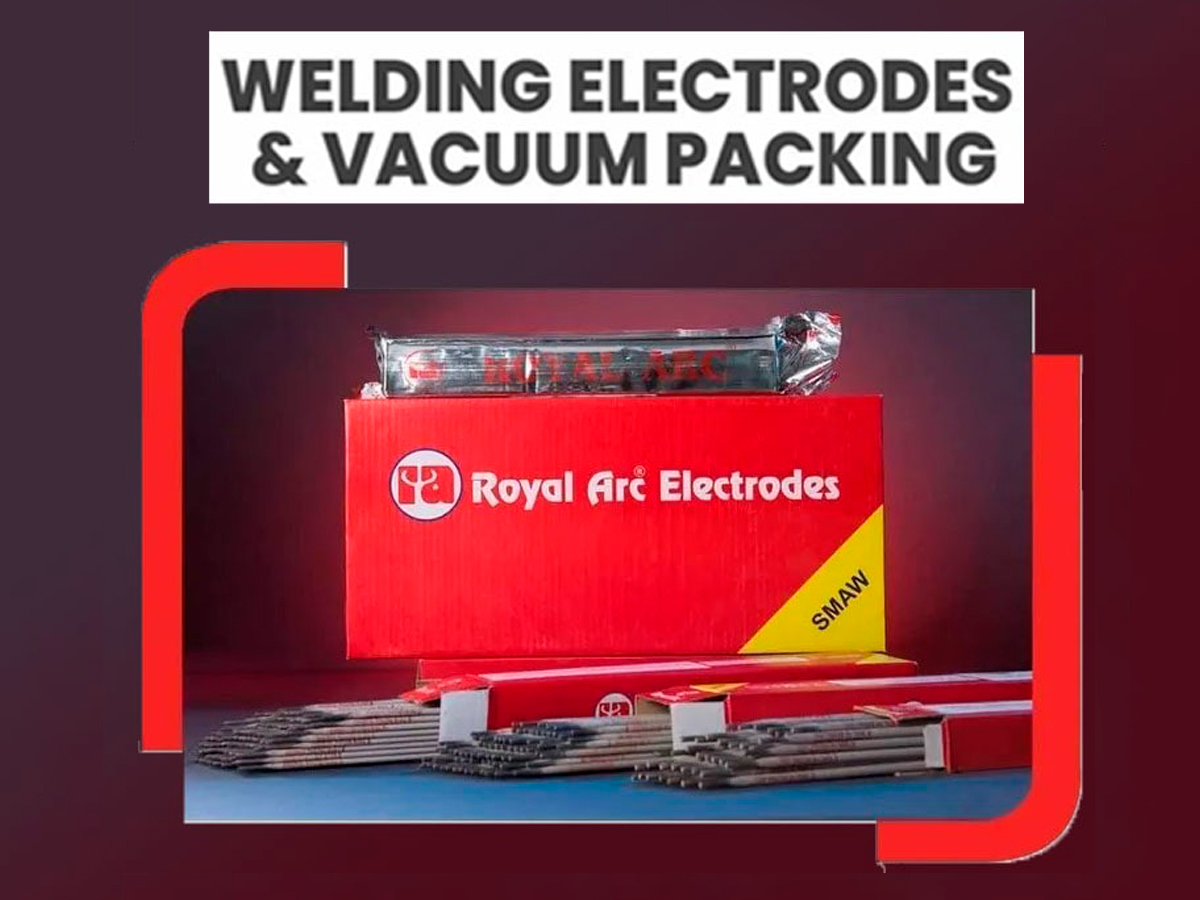
What Are Working Process of Welding Electrode and Important Details to Consider When Buying Welding Electrodes
The combination of anode and a cathode makes electrodes, where the anode helps in melting and fuse metals, while the cathode is used to protect against oxidation and corrosion.
When buying welding electrodes, you must consider what type of weld you need to create and what type of electrode will work best for your needs.
Types of welding electrodes
The two categories of Welding electrodes classification: consumable and reusable. The consumable electrodes are made with a special material beneficial to use once and then thrown away. This material comes from aluminium or magnesium. Indeed, this has a high melting point so that it can be used for welding at high temperatures. The reusable electrodes are made from steel or nickel-chromium alloys.
How to differentiate the welding consumables?
There are many factors to consider when buying a welding consumable. These include the type of material, the size of the job, and the price. The wire, rod, and flux-cored wire are three types of the welding consumables. . A wire is used for thick materials like steel and stainless steel. Rod is used for thinner materials like aluminium and copper. Before entering the torch chamber, a flux-cored wire is used with copper or aluminium pre-coated with flux.
The size of a job will impact what type of consumable you use as well as how much you need to spend on it. For example, if you need 500 feet of 1/4" rod for a large project, you will be spending more than if you need 2 feet of 1/4" rod for a smaller project. The price also has an impact on what type of consumable you use. Price is more important for consumables with a higher volume, like wire, than those with a lower volume, like flux-cored wire. There are many things to consider when buying a welding consumable from welding electrodes , so you should contact reliable welding electrode manufacturers to find the right product for your job.
How is arc welding different from resistance?
The welding electrodes are a metal rod used to melt the two metals together during the welding process. The most commonly used welding electrodes come from aluminium, copper, or magnesium. The application of a controlled amount of current to the electrode happens during the welding process. The electrodes are often submerged in a pool, tank of water, or other liquid during the building process, as they can only run along wet surfaces.
The electronic control circuit contains switches and relays that allow for various types of welding processes to be selected. The welding process uses an electric arc created by drawing an amount of current through a wire. The hot molten metal produced from the arc melts the electrode and what it touches and fuses them. Current can be applied either from a power source or a manual switch and can be adjusted to control the size of the weld. There are two types of welding: arc and resistance. The difference between the two types is that in arc welding, the arc's heat melts and fuses both materials. In contrast, it is necessary to heat one material before touching another.
Working process of an electrode
Welding is the process of joining metals to form a joint. The electrode is inserted into the molten metal and melts and fuses the two pieces. The molten metal flows into the area between the tip of the electrode and its surrounding base, called the shield.
The working process of welding electrodes is as follows:
1) The electrode is placed in contact with the workpiece and then heated to its melting point using an electric current,
2) The molten pool formed at the point of contact between the electrode and workpiece
3) When the molten pool begins to solidify, it creates a weld bead on both sides and forms a joint
4) A filler wire is inserted into the joint to provide mechanical strength.
How to choose the right welding consumables for your application?
Welding electrodes are the most important part of any welding process. They are used to create the electrical circuit with the workpiece and to provide power to the arc. In addition, they transfer heat from one metal to another during the welding process.
You must consider the type of electrode you need for your welding processes, such as gasless or gas tungsten arc, flux-cored wire, and many more. You should also consider whether you need a single or double-ended electrode and how long it will last. The best way to find out which type of electrode is right for you is by asking your welding electrode manufacturers what they recommend for your application. All electrodes includes core, usually metal, and metal alloys on the outside. The material will determine the resistance to heat and how long it will last. These types of electrodes are chosen based on how thick they need to be, such as 1/16 inch for gasless welding or 2 inches for most tungsten-arc welding.
Are you looking for a professional welding electrode manufacturers?
Get in touch with us!
